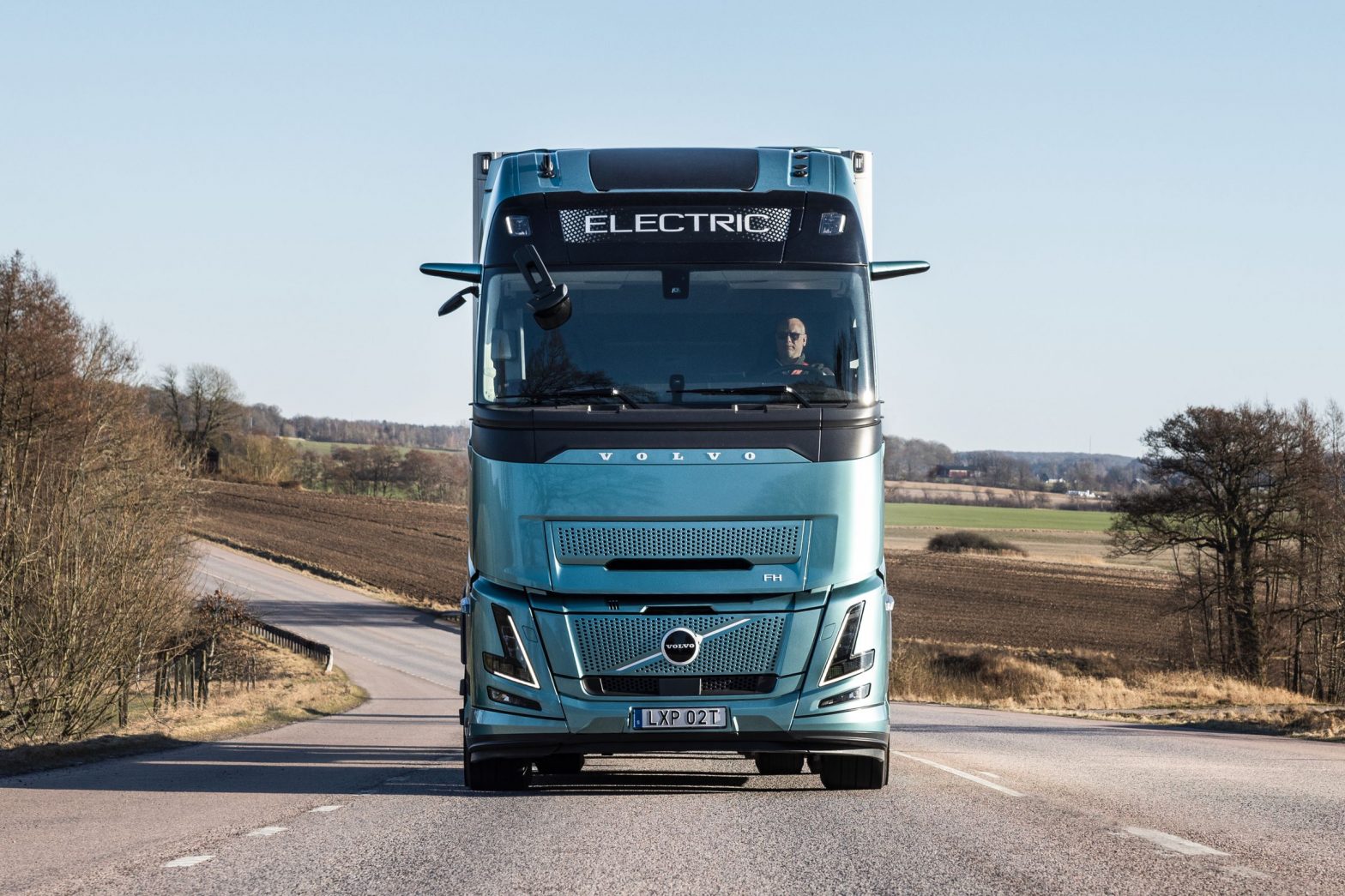/
Volvo Trucks’ new long-range commercial FH Electric truck is coming in 2025.
Share this story
:format(webp)/cdn.vox-cdn.com/uploads/chorus_asset/file/25601323/_59A8888_Original_file.jpeg)
Volvo’s commercial trucking division is launching a next-generation long-range version of its flagship electric semi-truck, due out in the second half of 2025, with twice the battery range of the previous one.
The new FH Electric truck can travel 600km or about 373 miles on a single charge. The current model goes 300km or about 186 miles in comparison, which Volvo representative Helena Lind tells The Verge will stay in the lineup.
The extra range is thanks to Volvo’s new e-axle driveline tech design “where the electric motors and transmission is integrated in the rear axle, [which gives] room for more batteries,” Lind says.
Volvo will announce the final battery capacity closer to launch, but the FH will have eight batteries compared to six in the current model. “For many customers it’s quite sufficient, but for interregional or long haul long, this new truck will be great,” Lind says.
Volvo has eight electric trucks in its lineup and has delivered “more than 3,800 trucks to customers in 47 countries” since 2019, Lind says. The automaker has a 2040 goal of reaching “net-zero emissions” in its lineup. In May, Volvo sold 50 electric trucks to Amazon.
In addition to Volvo, automakers like Tesla and Daimler (parent company of Mercedes-Benz) are testing their own long-haul electric semi-trucks in the hopes of electrifying the segment. Tesla seemed like it would lead in the segment when it announced in 2017, but has had few deployments, and has recently dealt with a fiery crash of one of its trucks in California. Meanwhile, Daimler is focusing on building an autonomous one for 2027.
While the new 370-mile EV truck does not match the company’s 600-mile fuel cell tests, we will probably see more electric trucks on the road before any measurable improvements to hydrogen infrastructure.
